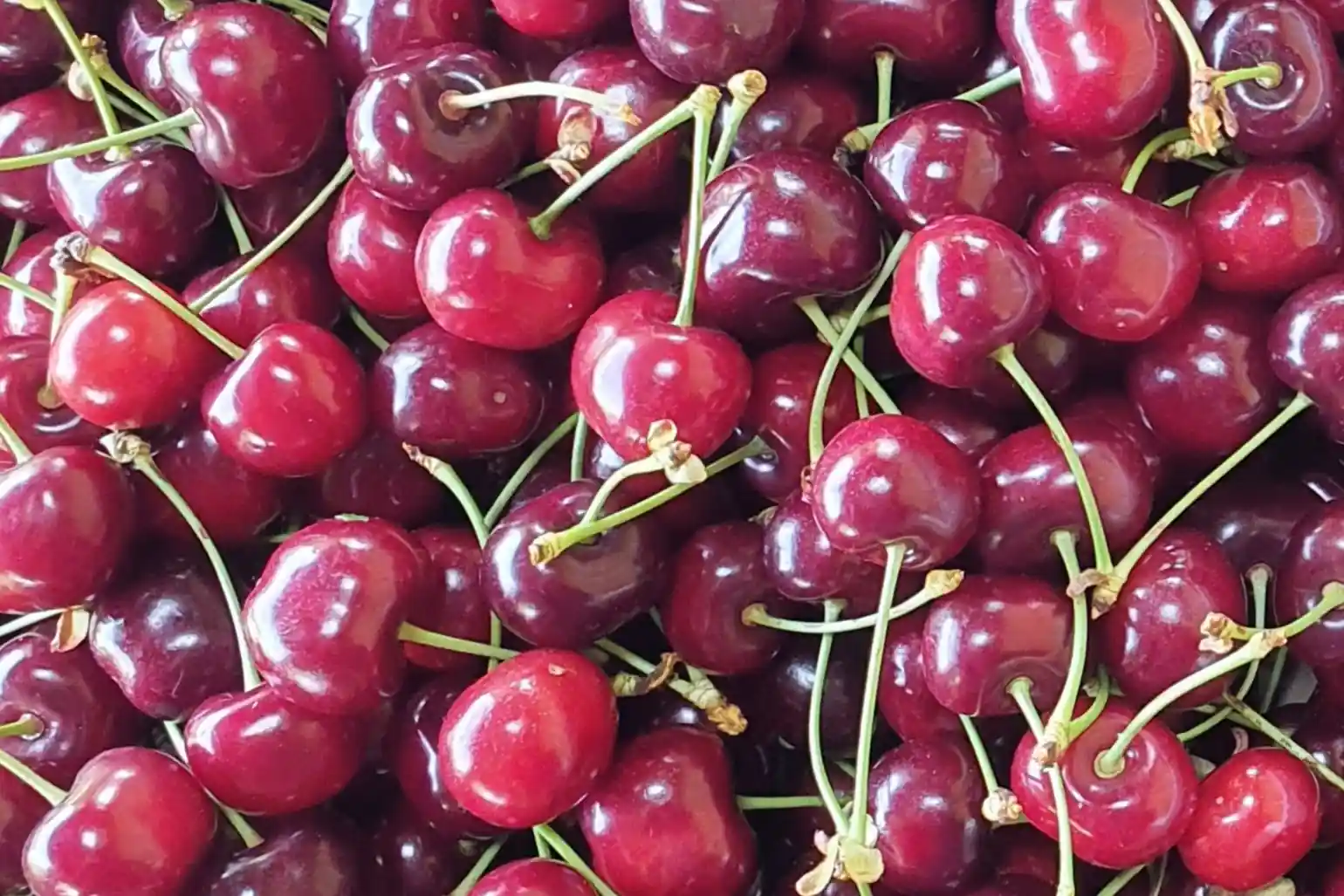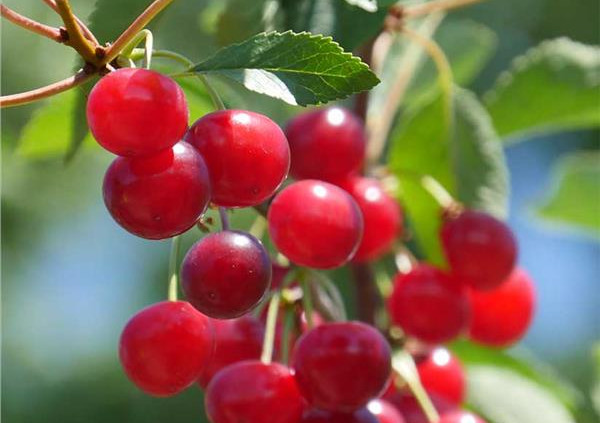Acidity is one of the main parameters determining the organoleptic quality of cherries, influencing taste, aroma, and consequently, consumer appeal.
Malate, the predominant organic acid in cherries, represents more than 90% of the total acids present in ripe fruits.
However, the molecular mechanisms regulating its biosynthesis and accumulation in cell vacuoles remain poorly understood.
Recent genetic insights
A recent Chinese study, currently under review, provides a detailed map of the genetic and biochemical processes governing malate dynamics in sweet cherry, combining large-scale metabolic and transcriptomic analyses.
In particular, the researchers examined 97 genotypes from ten countries, classified into three categories (low, medium, and high) based on titratable acidity (TA), ranging from 0.49% to 1.36%.
Malic acid proved to be the dominant compound in all cultivars, with concentrations varying between 6.22 and 12.06 mg/g of fresh weight, and showing a biphasic accumulation trend during development: an increase until about one week before ripening, followed by a decline.
Differences between high- and low-acidity cultivars were associated with significant changes in gene expression during fruit maturation.

Gene expression and regulation
The transcriptomic analysis, conducted on contrasting cultivars (“Longguan”, high-acid; and “Ruixiang”, low-acid), identified 3,643 differentially expressed genes and a complex regulatory network involving six structural genes closely related to malate metabolism: PavPEPC3, PavMDH1, PavME1, PavPHA5, PavALMT1, and PavALMT6.
These genes are respectively involved in malate synthesis in the cytoplasm, its transport, and vacuolar acidification, key processes determining the final malic acid content in the fruit.
Functional analyses showed that PavMDH1 is more highly expressed in high-acid cultivars, promoting malate synthesis, while PavME1 displayed the opposite trend, contributing to compound degradation in low-acid varieties.
Moreover, the transporters PavALMT1 and PavALMT6 appear to control malate transfer into the vacuole: their higher expression in low-acid cultivars suggests a possible release or redistribution effect that limits malate accumulation.
Transcription factors and breeding potential
The study also identified four candidate transcription factors: PavMYB10.1, PavMYB306, PavWRKY33, and PavbHLH149, whose expression was strongly correlated with malate levels during fruit development.
Two of them, PavWRKY33 and PavbHLH149, were mapped to the major quantitative trait locus qP-TA6.1m on chromosome 6, previously known to control fruit acidity variability.
This localization provides additional strong evidence of their regulatory role in the genetic control of acidity in sweet cherry.
Applications and future directions
Overall, the study developed an integrated phenotypic and molecular framework that helps explain how genes involved in malate synthesis, transport, and regulation cooperate to determine the fruit’s final acid profile.
The insights gained will be valuable for breeding programs using marker-assisted selection aimed at improving flavor through targeted genetic modulation of acidity.
This represents a further step toward precision breeding strategies designed to combine yield, organoleptic quality, and market preferences within a unified molecular vision of sweet cherry improvement.
Source: Liu, C., Chen, L., Qi, X., Song, L., Wang, M., Han, S., & Li, M. (2025). Malate accumulation and transcriptome patterns during fruit development in sweet cherry (Prunus avium L.). Pre-print UNDER REVIEW https://doi.org/10.21203/rs.3.rs-7060936/v1
Image source: SL Fruit Service
Andrea Giovannini
University of Bologna (IT)
Cherry Times - Tutti i diritti riservati













